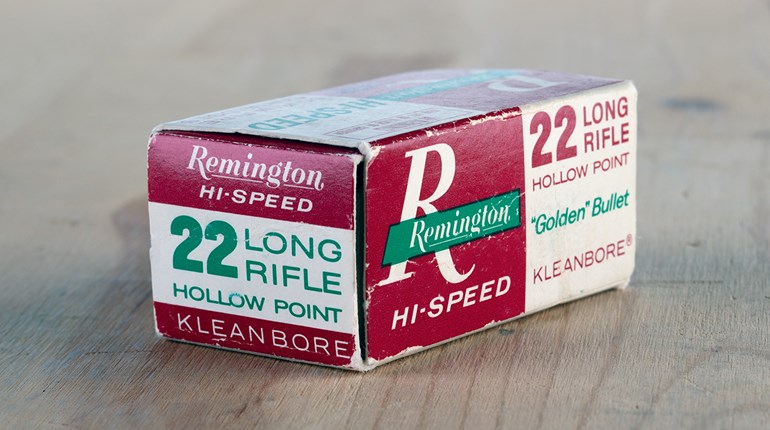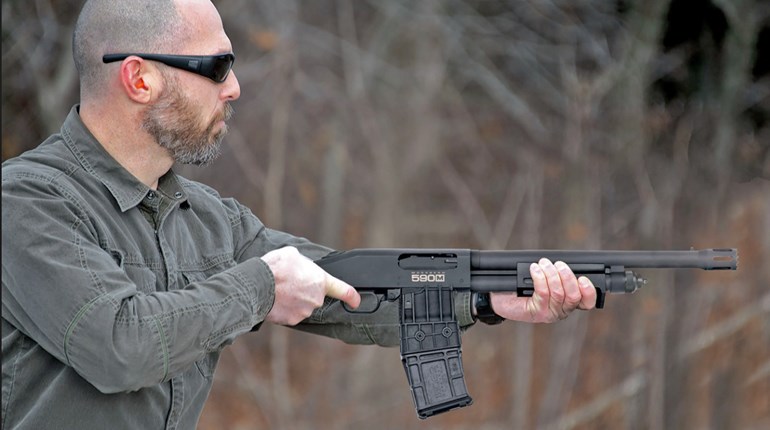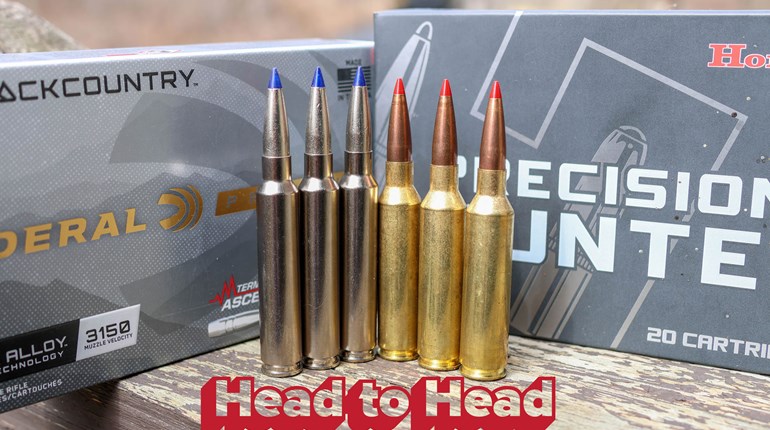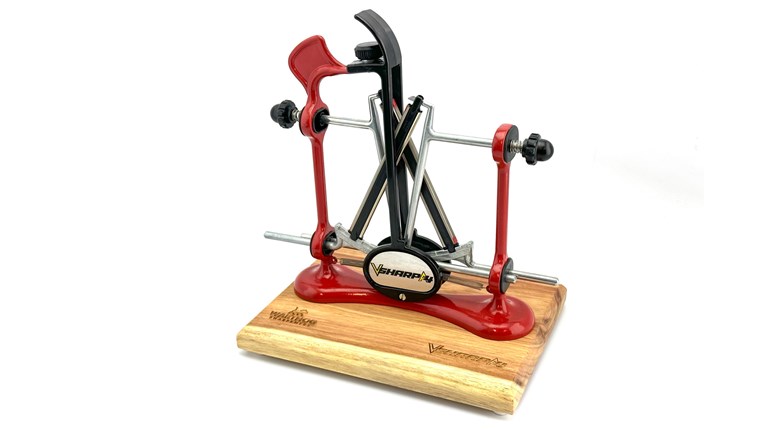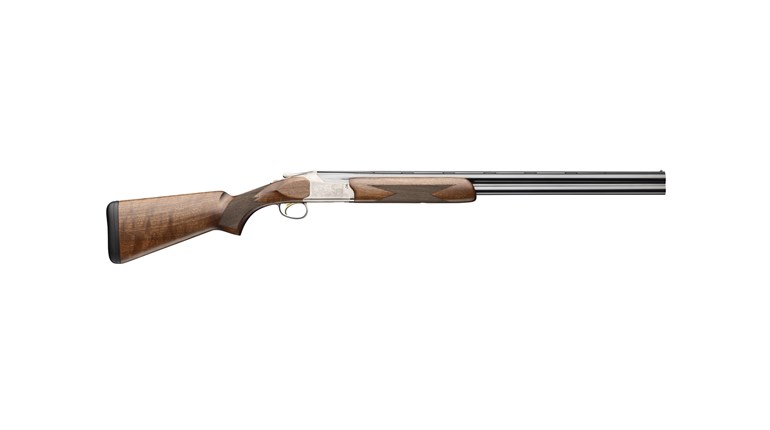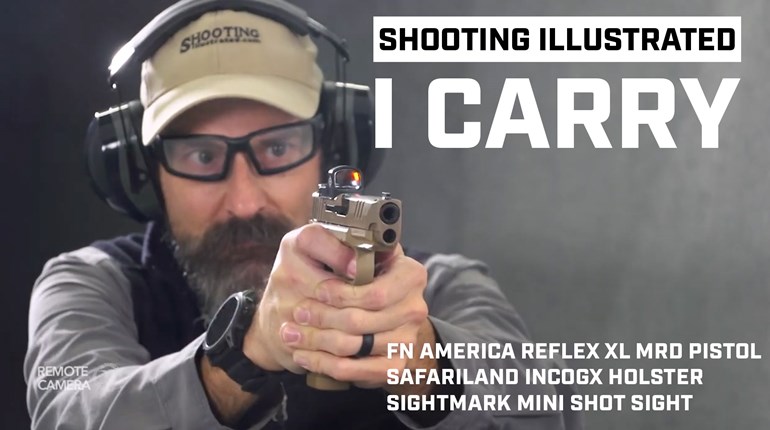
I like to tinker and work on guns as a hobby for myself and to help out a few of my friends. In my professional career as a chemical engineer, we have continuing-education training as a means of keeping up with the latest in our respective fields. I have considered going to a gunsmithing school, but the time involved—let alone the financial considerations—pretty well precludes that avenue for the foreseeable future. For that reason, I have started to look at armorer schools as a means of continuing education in my avocation of working on guns. Can you help me to understand the pros and cons of attending an armorer school, which will in turn answer the question if such a school is for me in my quest to know more about the guns I like to work on.
Conrad Sossomann, via e-mail
There are many more pros than cons, in my humble opinion, in attending an armorer school.
Factory armorer schools usually focus on a model or models of that factory’s manufacture. Alternately, schools not affiliated with a specific manufacturer generally focus on a single platform such as an AR- or AK-style rifle, the 1911 or the Glock handgun line.
An armorer school, because of its specificity, usually only lasts for a day or two, making the time and money spent traveling and attending more amenable on the pocketbook than a longer-term gunsmithing class. Attending an armorer school provided by individual manufacturers allows a student to concentrate their efforts on brands and models they like and prefer to work on, as opposed to a blanket coverage of many different firearms.
In a typical armorer school, you will learn, among other things: the specific nomenclature of a particular brand and model (for example, the controls called slide stop, slide release, slide catch and slide-catch lever all perform the same tasks in a similar manner, but have different names according to the brand of gun), the detailed disassembly and reassembly, maintenance intervals and parts-replacement intervals, the specifics of cleaning, inspection, lubrication and function verification after reassembly, as well as the cycle of operation and troubleshooting. Additional information you may receive includes the available options and changes such as grips, sights and operating controls to better suit the user, along with other interesting tidbits of knowledge.
An important consideration with gun models that have been in service for a while is generational changes and the interchangeability of parts from one version to another (or the lack thereof). Since there are rarely cut-off points and start-up points in an in-line transition of a particular model, because of the thousands of parts in the pipeline that find their way into guns at different times, an armorer course will tell you what to look for in determining whether the gun you are working on has older or newer parts. This may mean that more than a single part should be replaced when one is found to be faulty or needs to be changed out for the latest upgrade. This information may not be widely available, which is a good reason for taking an armorer-school refresher course every few years to keep updated on all the latest information.
Tools and procedures for their use are also reasons to keep updated in an armorer school, especially if concentrating on a specific type or brand of guns to be worked on. Most armorer schools offer toolkits that are comparable to those used in class, making the familiarity with the tool and the task parallel to future work performed in the field.
Since shooters come in all varieties, the demand for sight changes and adjustments comes for pistols equipped with fixed and/or drift-adjustable sights, which requires a means to make those changes. Typically, factory sight pushers provide the best means of armorers making those changes. These tools are usually available to the students in factory schools, along with the tips and techniques of how to use them in the most effective manner.
An armorer is a skilled craftsman who knows how to maintain, troubleshoot and repair a firearm. This includes replacing broken and sacrificial parts. What an armorer is not, however, is a gunsmith, and in many cases does not need to be qualified at that level to perform the duties listed previously. There are many varieties of gunsmiths in a broad field of capabilities. In simple and generic terms, a gunsmith is a gunmaker who can fashion parts out of metal, plastic or wood. In some cases, they specialize in certain areas and in other cases they can make a gun from the available base materials. Most gunsmiths have machining in their background and a broad working knowledge of the areas in which they choose to work. The academic and practical education for a gunsmith is usually two years initially, with follow-on training just like any other professional tradesman.
Given your circumstances and interests, an armorer course would be good for you to attend. The main problem now is which one to take first, and the order of priority for future courses—because once you get started, one is never enough.










